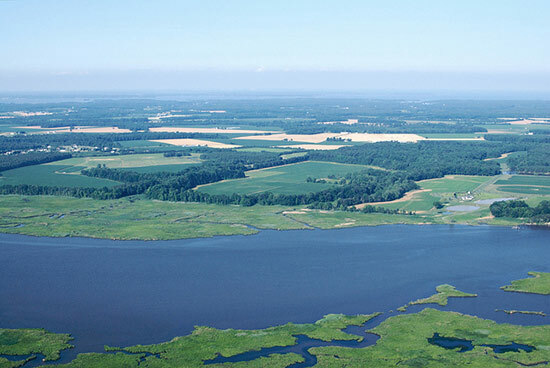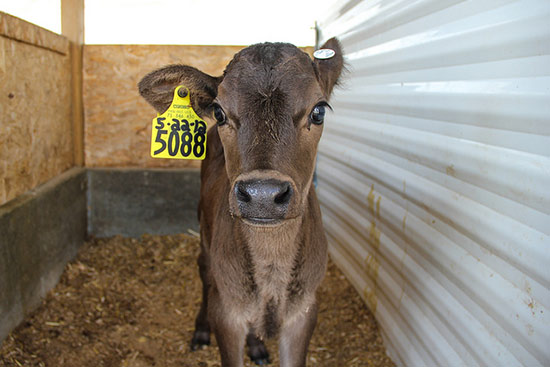Farm Bill changes landscape for conservation funding in Bay watershed
The bill will bring farmers and watershed groups together.
In February 2014, President Barack Obama signed the Agricultural Act of 2014—better known as the Farm Bill—into law. Like its predecessors, this new Farm Bill funds a wide array of federal commodity, forestry, social, trade and conservation programs. Altogether, the Farm Bill authorizes nearly $1 trillion in federal spending over the next 10 years, with roughly $57 billion authorized for conservation and preservation programs. But how will the law affect conservation practices in the Chesapeake Bay watershed?

The 2008 Farm Bill established the Chesapeake Bay Watershed Initiative (CBWI), which dedicated $188 million to conservation practices in the Bay region. The 2014 Farm Bill eliminates the regional programs established under previous Farm Bills, including the CBWI and the Great Lakes Basin program, and consolidates 23 national conservation programs into 13. For the Bay, the most notable of these 13 programs is an innovative new initiative called the Regional Conservation Partnership Program (RCPP). The RCPP allows qualified organizations to request funds on behalf of farmers from the U.S. Department of Agriculture’s Natural Resources Conservation Service (NRCS), which oversees most of the conservation programs under the Farm Bill. These organizations then work with farmers to leverage those funds toward the implementation of conservation practices, from structures that store animal manure to fences that exclude livestock from streams. This approach not only leverages the federal cost-share funds for farmers, but it allows them to work with a wider range of non-federal partners and experts. This increases the number of “boots on the ground” engaged in conservation work, fostering new partnerships between farmers and organizations that want to help.

But how much money is available under the RCPP? The RCPP will receive up to $100 million per year, plus an additional seven percent of the funds and acres available under “covered programs.” Covered programs include the Environmental Quality Incentives Program (EQIP), the Conservation Stewardship Program (CSP), the Agricultural Conservation Easement Program (ACEP) and the Healthy Forests Reserve Program (HFRP). However, these funds are for the entire RCPP.
The NRCS will award the bulk of this money through a competitive application process at the national and state levels. The remaining 35 percent of the funds will be awarded in a similar competitive process within “critical conservation areas.” The Secretary of Agriculture can name only eight of these areas. Based on the law’s criteria, the Bay watershed will be a strong candidate, but the eight areas are yet to be determined by the USDA.
The NRCS is currently developing policies and guidelines to carry out the conservation programs under the new Farm Bill, so stakeholders should keep an eye out for announcements, workshops and other events that will explain the new programs and processes in more detail. The RCPP is a major innovation for conservation policy, but it will require increased collaboration between farmers, watershed organizations and agricultural groups to earn funds through competition.

Comments
There are no comments.
Thank you!
Your comment has been received. Before it can be published, the comment will be reviewed by our team to ensure it adheres with our rules of engagement.
Back to recent stories